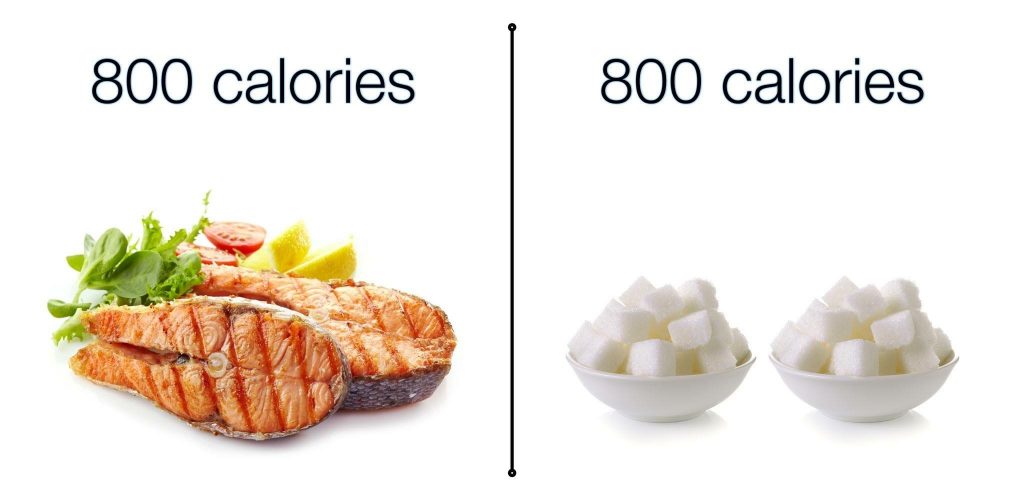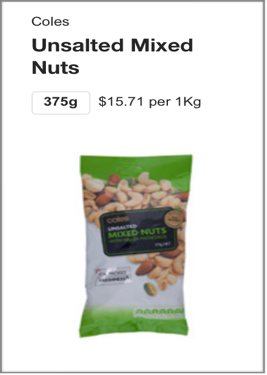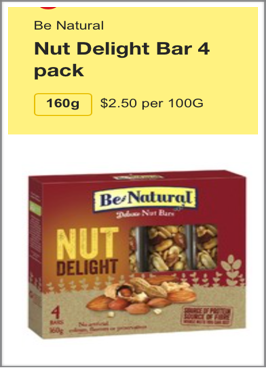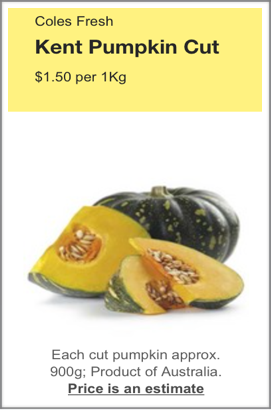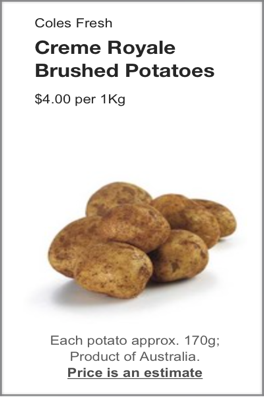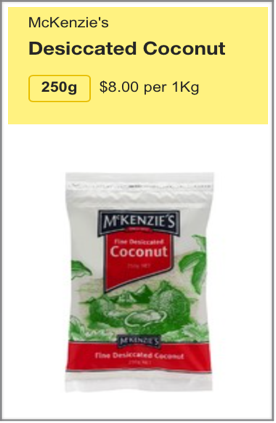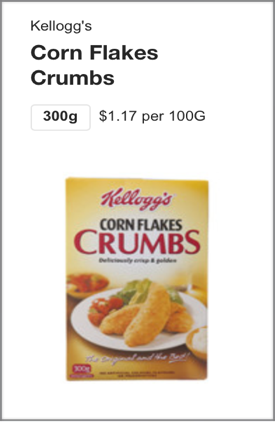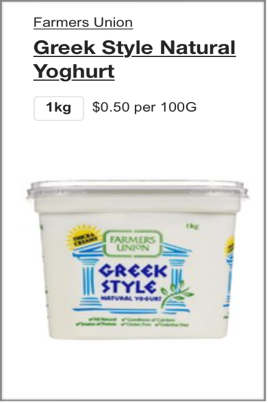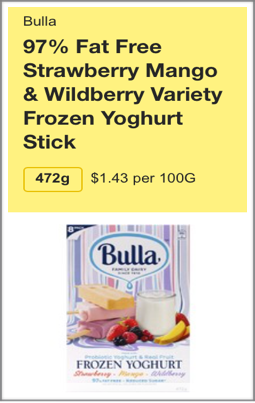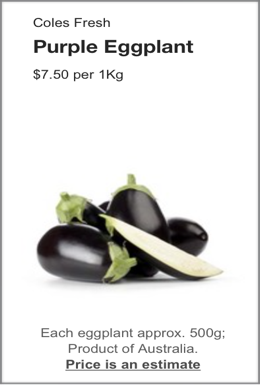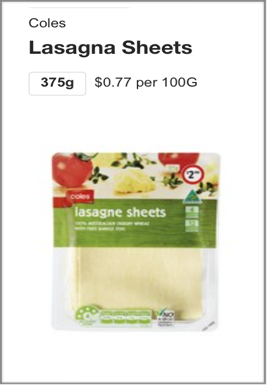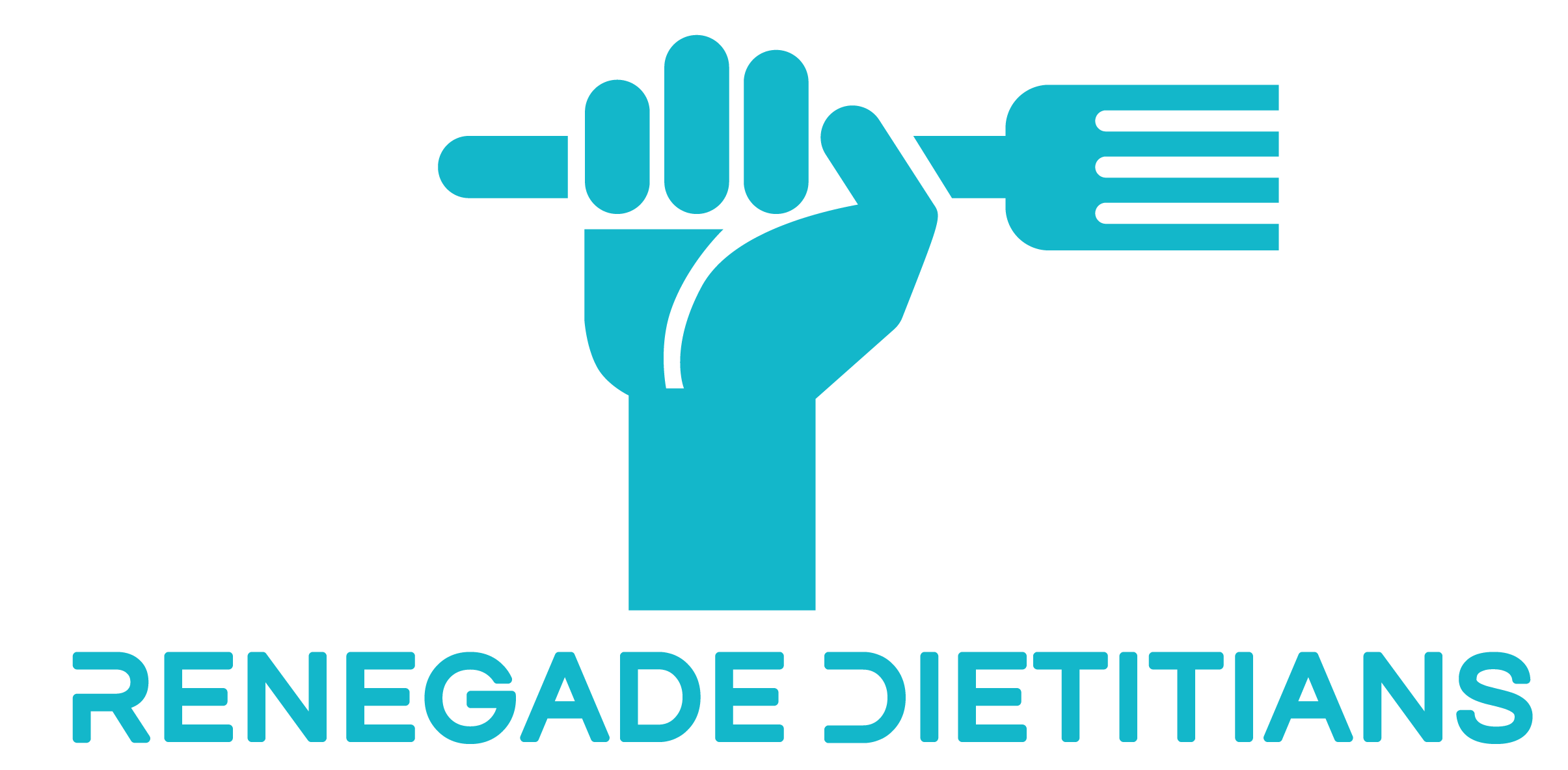Category: General Health
Top 5 Misconceptions about Weight Loss

When it comes to weight loss, there are so many misconceptions surrounding it.
Today, we tackle our top 5 misconceptions about weight loss.
Misconception 1 – “Losing weight is as simple as ‘calorie in’ versus ‘calorie out’ (CICO)”
This is possibly one of the most common misconceptions around, giving rise to virtually every single weight loss product or program these days. The belief is that as long as we keep our caloric input less than our caloric output, we should lose weight.
There are a couple of fundamental flaws to that belief, which ultimately renders this calorie in versus calorie out (CICO) equation useless when it comes to weight loss.
To begin with, calories is an energy measurement, where 1 Calorie (often abbreviated to kCal) is the amount of energy needed to increase the temperature of 1L of water by 1 degree Celsius.
When we talk about calories in, we are referring to the amount of energy we are getting via the foods and beverages we consume. This part of the energy equation we can somewhat control.
However, when we talk about calories out, often the general public (and even some health and fitness professionals) will think about what our bodies expend through exercise or exertion. That is how the whole phenomena began with people assuming that if they did X number of hours on the treadmill, they could consume Y number of calories through food, and still technically be in “energy deficit”. One minor issue – exercise is not the only determinant of energy output.
Quite apart from the fact that our bodies use energy differently one person to another during exercise, there are other factors not taken into consideration when assuming calories out. Other things that contribute to our caloric output include:
Our BMR (Basal Metabolic Rate) – this is the amount of energy our bodies use to keep us alive. It is the energy our body uses to breathe, and to regulate our body temperature, and so forth. Unfortunately, our BMRs are so different person to person, and can also change dramatically depending on our body composition, food intake and other things such as illnesses.
TEF (Thermic Effect of Food) – We will touch on this more in Point 2, but essentially our bodies digest foods differently, depending on the amount of protein versus carbohydrates versus fats.
Our body also recognises when our intake drops too low below our current BMR, and responds by lowering our BMR. This is the body’s own mechanism to protect itself from literally withering away into nothingness. With a reduced BMR, your same food intake and exercise will no longer yield the same results with weight loss.
Misconception 2 – “A calorie is a calorie”
Knowing that losing weight by simply assuming CICO is futile, let’s now explore how counting calories is just as futile.
When we embark on counting calories, the automatic assumption is that a calorie is a calorie, no matter what is giving us that calorie. Quite apart from the fact that food is SO much more than just a caloric value, when you factor in the TEF you will realise that alas, a calorie is NOT a calorie. Let me explain.
Different nutrients affect digestion and metabolism differently.
For example, protein has the highest thermic effect of all the macronutrients (proteins, carbohydrates and fats), meaning that our body burns more energy when we eat protein rich foods. Protein also increases satiety (fullness), and suppresses our hunger via hormonal responses mediated by the hypothalamus, also known as the “control centre” of our brain.
Fats, whilst has the lowest thermic effect of the 3 macronutrients, has the slowest transit rate through our digestive tract. What this means is that fats can slow down the rate that food passes through us, and helps keep us feeling fuller for longer.
Therefore, a meal rich in proteins and fats will be much more satiating and keep us feeling satiated for far longer (at the same time burning more “calories”) than a meal rich in carbohydrates but void of proteins or fats. (see image below).
Knowingly, when we eat a meal that is more satiating, we then tend to eat: a) less of it, and b) less frequently. Ultimately, long term, this has a much greater impact on weight loss (or fat loss) than simply caloric restriction.
Misconception 3 – “Eating more frequently can speed my metabolism up”
How many times have you heard, or been told, that eating frequent small meals helps with boosting your metabolism?
Well, that’s not correct.
Metabolism is determined by total energy intake and requirements, but can be, in the short term, affected by factors such as exercise and stimulants (e.g. caffeine).
However, if your BMR is 1800kCal and your current daily intake is 1200kCal – you could eat that across 2 meals a day or 8 meals a day – it will make no difference to the fact that you are eating below BMR, and your metabolism will likely slow down still.
On the flip side, if your BMR is 1800kCal and your current daily intake is 1800kCal – you could again eat that across 2 meals a day or 8 meals a day, but your metabolic rate will unlikely drop off because you are meeting basic energy requirements to keep your metabolism up. In fact, if you are quite active, you will often need more than just your BMR to keep your metabolic rate high, and by eating to support your physical activity demands too, you would boost it even higher!
Misconception 4 – “Not eating breakfast will make me gain weight”
Somehow it has become a socially accepted “fact” that not eating breakfast will somehow make us gain weight (or at the very least will hinder our weight loss goals).
This belief is a follow through from the misconception that “skipping meals” or reducing meal frequency will result in a slowed metabolism. As pointed out above, this is not the case.
There is nothing special about breakfast, except the fact that it is a meal to help provide energy and set us up for the morning, for those who need it. Some people actually wake up and not feel like eating anything, and I think it is so important to point out that if this is you, there is absolutely NOTHING wrong with you, and you do not need to now force feed yourself in the hope that this will boost your metabolism and help you along with your health and weight loss goals.
In fact, fasting is a well-researched and well-documented approach for health and weight – I will be discussing this more in a blog later this month. Make sure you keep an eye out for it!
Disclaimer: Fasting does NOT equal starving – remember what we said earlier about not eating below your BMR? Eating below your BMR = starving. As long as you eat in line with your goals and you meet your BMR, not having 3 meals a day is still absolutely OK!
Misconception 5 – “My friend lost 30kg on a diet – I am going to do what my friend did because her results are amazing!”
Now that we know that it isn’t as simple as CICO, and that a calorie is NOT a calorie, we cannot expect that a diet that someone else did and had worked wonders will yield the same outcome for ourselves.
However, the way that most weight loss products and programs are marketed attract people to their products/programs by attempting to convince you that because “Anna” lost 30kg doing their program or using their shake, so can you!
Similarly, when we see our friends achieve massive weight loss doing what they are doing, we automatically try to copy it because we assume that it will work the same for us.
Please note that this is not the case (as explained throughout this article). There are so many nuances we need to consider (but simply don’t!):
> Age
> Gender
> Ethnicity
> Body composition
> Exercise types and intensities
> Goals
> Genetics
> Metabolic health and hormones
So, instead of trying to copy someone else’s weight loss success by doing what they did, why not seek some professional assistance in working out what works for YOU so you can eat and exercise in a way that not only suits your lifestyle but also your food preferences and physical health status and goals!
– See more at: http://www.metrodietetics.com.au/top-5-misconceptions-about-weight-loss/#sthash.2sHmheOV.dpuf
Hydration in Summer
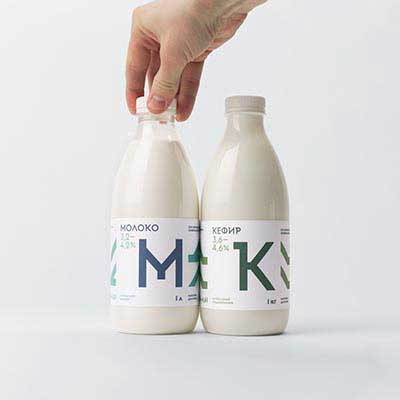
With Summer well and truly under way, a lot of people get concerned about whether or not to exercise.
“I don’t want to pass out”
“Is it too dangerous to exercise when it is so hot?”
“What if I get dehydrated?”
These are some of the concerns I hear regularly in the warmer months. Staying hydrated is extremely important all year round, but in the warmer months where our bodies are losing more water and salts through sweat, hydration becomes a big focus.
Here are 6 tips to staying hydrated in Summer when exercising:
Aim to start with an optimal level of hydration before exercising. This might sound very silly when spelt out like that, but it is concerning how many people are not getting enough hydration on a day to day basis! A good guideline is 30-40ml per kg body weight. So, if you weigh 70kg, you need to aim for 2.1-2.8L of fluids a day!
Check your urine. How well-hydrated you are can also be tell-tale through the colour of your urine. Optimally, you should have pale yellow coloured urine – if it is dark, it means you are dehydrated, and if it is clear, it means you aren’t retaining enough fluids – time to up the electrolytes!
Avoid alcohol and caffeine. Alcohol and caffeine are both diuretics and make your body lose more fluids. So, when you know you will be exercising, or competing in a sport / race, try to avoid alcohol leading into the event, and make sure you have the above 2 tips covered!
For exercise less than an hour, drink water. Often I see people go do a 30-60min session at the gym and they are throwing back sports drinks. Whilst this isn’t harmful, it is also not necessary. When you are exercising for short durations (less than an hour), water is sufficient for hydration. Of course, there are the ones who have very salty sweat, in which case, an electrolyte-filled sports drink may be necessary. However, for the majority, water is all we need. If you feel that you might be a big “salty sweater”, you may benefit from a sweat test. Ask your sports dietitian and they can direct you to where you can get this done.
For exercise longer than an hour, add the electrolytes. If you are doing a long event, aim to hydrate with a sports drink that is abundant in electrolytes and has about 6-8% carbohydrates for re-fuelling. A good one would be Gatorade.
Consider your overall diet, as hydration is only one aspect of it all! Do not neglect a well balanced, nutrient rich diet. For athletes, it is important to consider the amounts of protein, carbohydrates and fats in your diet, especially around training time. Focusing on foods that are nutrient dense ensures that you are getting a lot of your micronutrients as well as the macros. If you are unsure whether you are eating correctly for your training, speak to a sports dietitian who can assist you in figuring this out!
Stay hydrated and have a great Summer!
Is Healthy Eating Expensive?

When it comes to implementing lifestyle changes one of the most common barriers is money! It is true that big food companies are taking advantage of health triggering words like “fresh” and “organic” as a means of ramping up prices. It is therefore important that we consumers are aware of such marketing techniques and learn to choose foods that will help our bodies function optimally and protect against disease, irrespective of whatever health claims may or may not appear on the packaging. So when it comes to making these choices, consider the examples below and learn how you can increase the nutritional content of your favourite meals and snacks while saving some hard-earned cash at the same time!
Nut Bars vs. Mixed Nuts
| ✓ Unsalted Mixed Nuts | $15.70/kg | Nut Bar | $25.00/kg |
A good quality nut bar is at very best, 75% nut (well if you are being technical it is far less than this because the majority of nuts comprising these bars are peanuts – which is actually a legume!). So what makes up the remaining +25% of these crunchy snacks? You guessed it – sugar! The subsequent 3 ingredients are literally sugar, sugar and sugar (precisely “invert sugar, glucose, honey”). So don’t be fooled by these expensive treats, there is a much cheaper and healthier way to do it. For less than two thirds of the price, you can stock up on a packet of unsalted mixed nuts which can be easily portioned into 30g zip lock bags and taken with you wherever you go! Eating just a handful of nuts a day can reduce the risk of developing heart disease by 30-50% (1-5). Even people who only eat nuts once a week have less heart disease than those who never eat nuts (4). In addition to these heart-protective properties, nuts also have a GI-lowering effect (6-8) which means that they help to stabilise blood sugars if consumed with carbohydrate. This is likely due to their contribution of fats and fibres which both slow digestion and thus, the release of glucose into the bloodstream. So whether you eat them on their own as a snack or throw them into your natural yoghurt or smoothie, nuts are worth every cent when it comes to your health!
Potato vs. Pumpkin
| ✓ Pumpkin | $1.50/kg | Potato | $4.00/kg |
Potato is a staple in many Australian homes and has been for many years. However, our population has also become increasingly insulin resistant as evidenced by the undeniable prevalence of large waistlines and epidemic rates of Type 2 diabetes. Insulin resistance manifests after a chronic period of eating more carbohydrates than one’s body can handle. The pancreas ramps up insulin production to deal with or prevent abnormally high levels of blood glucose. Each person’s carbohydrate tolerance is different and you may well be insulin resistant despite producing “normal” levels of blood sugar. An easy non-invasive measure of insulin resistance is waist circumference, with Australian targets being < 94cm for men and < 80cm for women. This is because visceral fat (stored around our internal organs) has an extremely strong positive association with insulin resistance (9). So what does all this have to do with the humble potato, and why is pumpkin a healthier (and cheaper) choice? Well, 100g of potato contains 18g of carbohydrate while the same amount of pumpkin contains just 6g (10). At any one time a (non-diabetic) person has around 1 teaspoon (5g) of sugar in their blood (11). With the knowledge that carbohydrate breaks down to glucose in the blood, it is easy to see how potato will produce a much greater rise in blood sugar and ultimately require a much greater amount of insulin to deal with such! If you have insulin resistance then your pancreas has to work even harder to clear glucose from your blood, so it seems only sensible to choose foods that are lower in carbohydrate where possible. Pumpkin is also abundant in many essential micronutrients such as the antioxidants vitamin A, C and E. You can make the most of it by keeping the skin on, for extra fibre, and by roasting the seeds to sprinkle over your meal, for healthy monounsaturated fats, protein, iron and zinc. Pumpkin can be roasted, stir fried, mashed or pureed – just like you would use potato.
Packaged Crumbing Mixtures vs Desiccated Coconut
| ✓ Desiccated Coconut | $8.00/kg | Pre-made Crumbing | $11.70/kg |
Everyone loves a good crumbing, whether it be on your chicken, fish or even on the top of your cheesy veggie bakes! Well it’s time to clear the pantry of nutrient-void bread (or Corn Flake) crumbs and say hello to desiccated coconut. Pre-made crumbing mixes tend to be full of unwanted additives such as sugar, salt, artificial flavours and preservatives. Desiccated coconut on the other hand is literally just that – coconut! Coconut meat is high in medium chain triglycerides which are preferentially converted into fuel for the body to use for energy, with little chance of being stored as body fat. Coconut also contains fat-soluble vitamins A and E, alongside polyphenols and phytosterols (12). These properties of coconut meat may be a reason the Kitavans of Papua New Guinea or the Tokelaus of New Zealand, whose staple food is coconut, have no incidence whatsoever of stroke and heart disease in their respective populations (12). Not only is it good for your health and waistline, but desiccated coconut is a perfect alternative for those who many have allergies or intolerances to wheat, gluten or chemicals that tend to be hidden in these types of foods (and don’t forget, it’s cheaper!). Coconut forms a rich, crunchy coating and can be used just like any other crumbing mixture. It even adds depth with it’s unique nutty flavour and you might even like to season it by tossing through your favourite herbs and spices!
Frozen Yoghurt vs. Natural Yoghurt
| ✓ Natural Yoghurt | $5.00/kg | Frozen Yoghurt | $14.30/kg |
There is a huge misconception that frozen yoghurt is somehow a healthy option, likely due to the inclusion of the word “yoghurt”. Not only is frozen yoghurt almost three times the price of natural yoghurt, it also contains quadruple the number of ingredients (17 vs. 4)! When you see a huge list containing numbers and words you don’t understand then you know you are not eating real food. The less ingredients that are listed on packaged foods, the better. This means that per gram weight of yoghurt, you get more of the good stuff such as calcium, vitamin B12, potassium and probiotics, because there is less of the bad stuff to dilute it. If you have a food processor, try blending some natural yoghurt with your choice of frozen berries. You will be left with a product that mimics frozen yoghurt but contains no added sugar (or other nasty chemicals for that matter). You’ll also be getting a lot more real fruit this way as ‘fruit-flavoured’ items tend to contain very little. Natural yoghurt has a smooth, creamy texture and not only is it a healthier and cheaper alternative to frozen yoghurt, but it can also act as a great substitute for things like sour cream or dip bases.
Lasagna Sheets vs. Sliced Eggplant
| ✓ Sliced Eggplant | $7.50/kg | Lasagna Sheets | $7.70/kg |
The final tip for today is to switch lasagna sheets for sliced eggplant! Sliced eggplant is cost-equivalent to home-brand lasagna sheets and a significantly cheaper option to wholemeal or gluten-free varieties. Eggplant is a rich source of fibre and contains B-vitamins which are crucial for energy metabolism. This simple switch will not just improve the nutrient profile of your lasagna, but it will enhance the taste and texture too! Roasted eggplant absorbs flavours from the other ingredients, intensifying the dish and resulting in a “melt in your mouth” texture (yum!). If you are suspicious about how this might turn out then the best thing you can do is to just try it for yourself. You may like to follow this super easy recipe from “Add A Pinch” as a guide: http://addapinch.com/easy-eggplant-lasagna-recipe/.
You should now be enlightened to that fact that so many of these overpriced products we think of as being “healthy” are actually falsely advertised as so, and to our benefit, there are much healthier and cheaper options available! If you require further assistance on how you can make healthier swaps at the supermarket that may just save you some cash, consult a dietitian for personalised advice.
References
1) Albert CM et al. Nut consumption and decreased risk of sudden cardiac death in the Physician’s Health Study. Arch Intern Med 2002;162(12):1382-7.
2) Ellsworth JL et al. Frequent nut intake and risk of death from coronary heart disease and all causes in postmenopausal women: the Iowa Women’s Health Study. Nutrition Metabolism and Cardiovascular Disease 2001;11(6):372-7.
3) Hu FB et al. Frequent nut consumption and risk of coronary heart disease in women: prospective cohort study. British Medical Journal 1998;317(7169):1341-5.
4) Fraser GE et al. A possible protective effect of nut consumption on risk of coronary heart disease. Arch Intern Med 1991; 152: 1416-24.
5) Blomhoff R. et al. Health benefits of nuts: potential role of antioxidants. Brit J Nutr 2007;96(SupplS2):S52-S60.
6) Jenkins DJ et al. Almonds decrease postprandial glycemia, insulinemia and oxidative damage in healthy individuals. J Nutr. 2006;136(12):2987-92.
7) Parham M et al. Effects of pistachio nut supplementation on blood glucose in patients with type 2 diabetes: a randomised crossover trial. Rev Diabet Stud. 2014 Summer;11(2):190-6.
8) Kendall CW et al. The glycemic effect of nut-enriched meals in healthy and diabetic subjects. Nutr Metab Cardiovasc Dis. 2011 Jun;21 Suppl 1:S34-9.
9) Wu T. Diabetes Mellitus in a nutshell. University of Sydney. RPA Hospital Diabetes Centre 2016.
10) AUSNUT 2011–13 Food Nutrient Database [Internet]. Food Standards Australia New Zealand. 2014 [cited 2016 Apr 06].
11) Eades M. A spoonful of sugar [Internet]. The Blog of Michael R. Eades, M.D. 2005 [cited 2016 Dec 20].
12) Greenfield B. Secrets of the Superhuman Food Pyramid: Benefits of Coconut Meat [Internet]. Superhuman Coach 2013 [cited 2016 Dec 20].
*** Product costs and information retrieved from Coles online on 19 December 2016
– See more at: http://www.metrodietetics.com.au/healthy-eating-doesnt-have-to-be-expensive/#sthash.0czeJ7NL.dpuf

